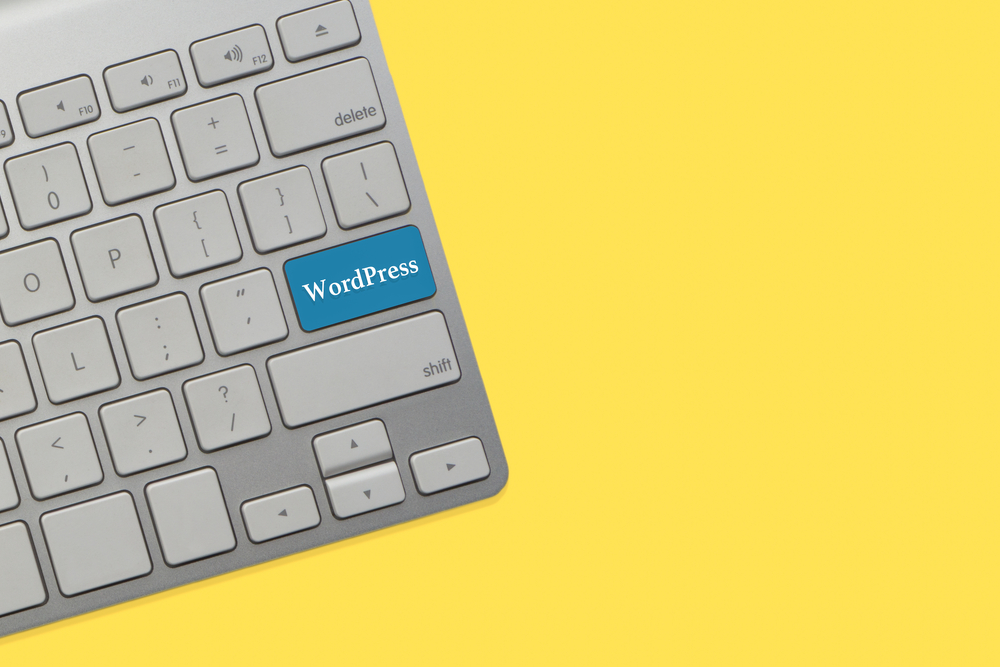
WordPress has become one of the most popular platforms for website creation and management in recent years. Its user-friendly interface and vast range of customizable features make it an ideal choice for beginners and experienced webmasters alike. In this article, we will provide essential tips for customizing and maintaining your WordPress (the blogging platform) website, enabling you to take full control of your online presence.
1. Choose the Right WordPress (the platform for bloggers) Theme
The first step in customizing your website is selecting an appropriate theme. WordPress offers a wide variety of themes, both free and premium, that can be easily installed and customized. When choosing a theme, consider the design, functionality, and compatibility with plugins. Ensure that the theme is regularly updated and supported by a reliable developer. A suitable theme will form the foundation of your website and determine its overall look and feel.
2. Customize Your Website's Appearance
Once you have chosen a theme, it's time to customize its appearance to match your brand or personal style. WordPress (or WP) provides a range of customization options, allowing you to change colors, fonts, and layout through the theme customizer. Additionally, you can add custom CSS code to make advanced changes. Experiment with different options until you achieve the desired look for your website. Remember, a visually appealing site is more likely to engage visitors and encourage them to stay longer.
3. Optimize Your Website for Search Engines
To ensure your website reaches its intended audience, it is crucial to optimize it for search engines. WordPress (WP) offers several SEO plugins that can help improve your website's visibility in search engine results. Install a plugin like Yoast SEO or All in One SEO Pack, which allows you to optimize individual pages and posts for targeted keywords. Take advantage of features such as meta titles and descriptions, header tags, and XML sitemaps to enhance your site's SEO performance.
4. Enhance User Experience with Plugins
One of the greatest advantages of using WordPress is the extensive library of plugins available. Plugins are pre-built pieces of software that can add specific functionality to your website. Whether you need an image gallery, contact form, or social media integration, there is likely a plugin that can fulfill your requirements. However, be mindful of installing too many plugins, as they may slow down your website's performance. Choose reputable plugins from trusted developers and regularly update them to ensure compatibility and security.
5. Regularly Update and Back Up Your Website
WordPress frequently releases updates to improve security and functionality. It is crucial to regularly update both the WordPress core and installed plugins to benefit from these enhancements and protect your website from potential vulnerabilities. However, before updating, it is essential to back up your website to a remote location. This precautionary measure ensures that in the unlikely event of data loss or an unsuccessful update, you can easily restore your website to its previous state.
6. Secure Your Website from Cyber Threats
Website security should be a top priority for every WordPress user. With its popularity, WordPress often becomes a target for hackers. To protect your website, consider implementing security measures such as a strong password policy, regular audits of user accounts, and enabling two-factor authentication. Additionally, use security plugins like Wordfence or Sucuri Security to scan for malware, monitor for unauthorized access attempts, and implement other security features.
7. Optimize Website Performance
Website speed is vital for user experience and search engine rankings. Slow loading times can frustrate visitors and discourage them from exploring your website further. To optimize your website's performance, start by choosing a reliable hosting provider that offers optimized servers for WordPress. Additionally, compress images, enable browser caching, and minimize the use of heavy plugins. Utilize tools like Google PageSpeed Insights to identify areas for improvement and follow the recommendations provided.
8. Frequently Asked Questions
Q1: Can I change my WordPress theme after building my website?
A1: Yes, you can change your WordPress theme at any time. Keep in mind that switching themes may require some adjustments to ensure proper compatibility and layout.
Q2: How often should I update WordPress and plugins?
A2: It is recommended to update WordPress and plugins as soon as new updates become available. Regular updates ensure your website remains secure and benefits from the latest features.
Q3: Do I need coding knowledge to customize my WordPress website?
A3: No, you do not need coding knowledge to customize your WordPress website. The platform offers user-friendly customization options through the theme customizer and plugins.
Q4: How can I improve my website's mobile responsiveness in WordPress?
A4: To improve mobile responsiveness, ensure that your chosen theme is mobile-friendly and responsive. Test your website on different devices, and consider using plugins like WPtouch to optimize the mobile experience.
Q5: Are there any limitations to the number of plugins I can install on my WordPress website?
A5: While there is no strict limit, it is advisable to install only necessary plugins to avoid slowing down your website. Quality and reputable plugins are more important than quantity.
In conclusion, mastering WordPress is crucial for effectively customizing and maintaining your website. By following the tips provided in this article, you can elevate your website's appearance, improve search engine rankings, enhance user experience, and safeguard against cyber threats. With WordPress's flexibility and a little effort, you can create a powerful online presence tailored to your specific needs.
Other useful resources
- https://en.wikipedia.org/wiki/WordPress
- https://www.wordpress24plus.com/wordpress-tools-directory/